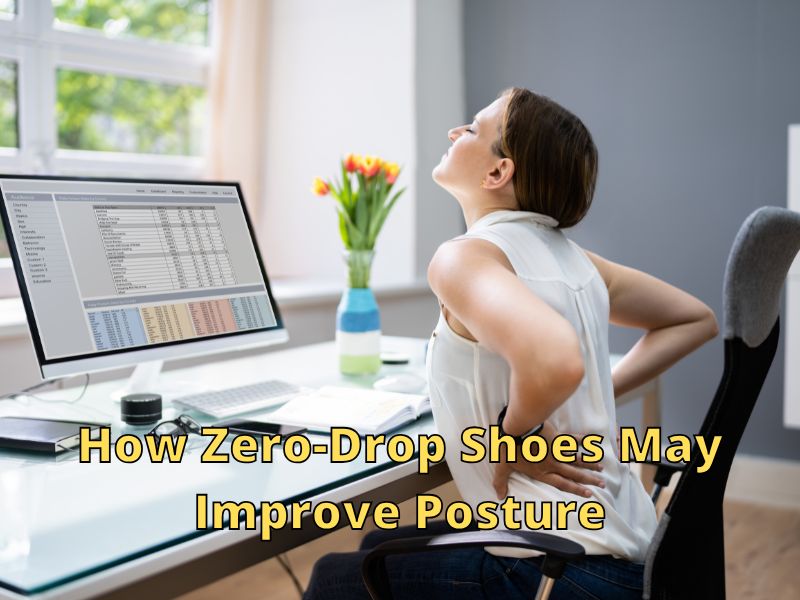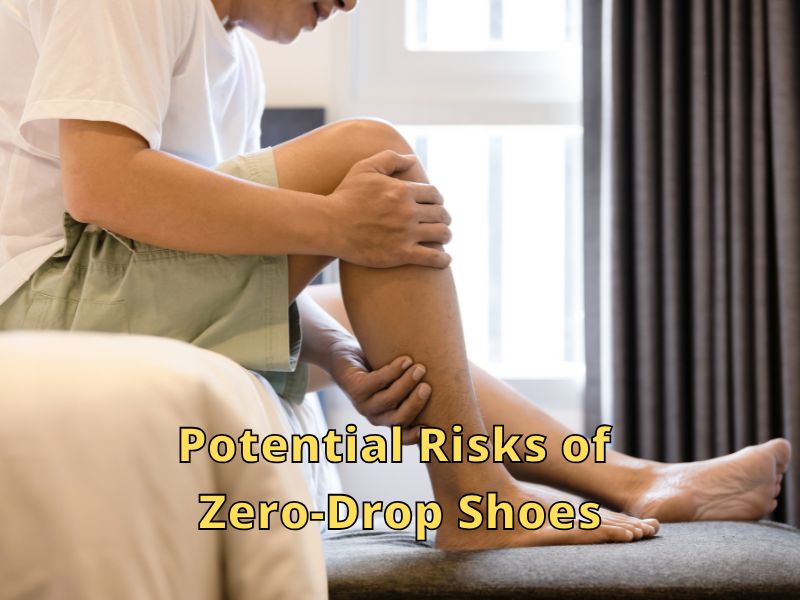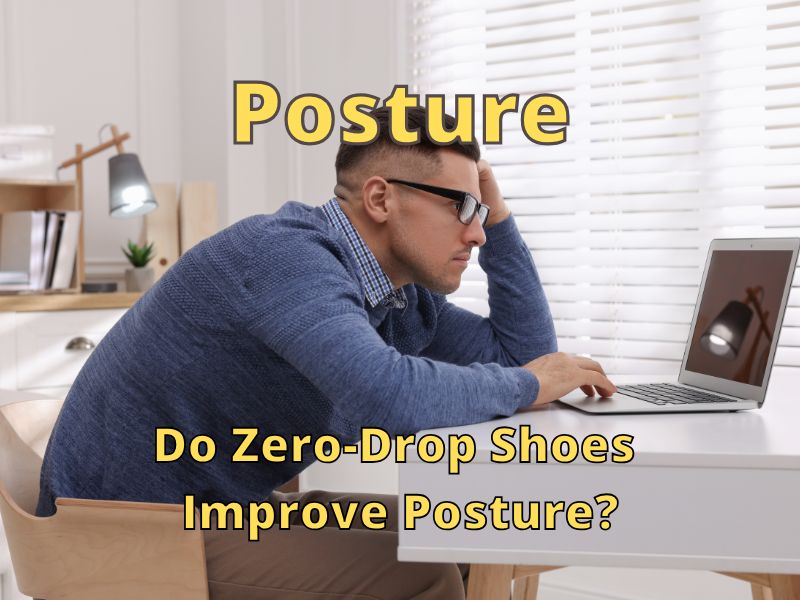Introduction
In recent years, zero-drop shoes have gained popularity among runners, minimalists, and posture-conscious individuals. But do they actually improve posture, or is this just another fitness myth?
This article examines:
✔ What zero-drop shoes are
✔ How they affect posture and alignment
✔ Scientific studies on their benefits (and risks)
✔ Who should (and shouldn’t) wear them
✔ Best zero-drop shoes for posture improvement
Zero-Drop Shoes & Posture Improvement
This interactive chart shows how switching to zero-drop shoes may improve your posture over time. Adjust the settings below to see different scenarios.
Adjust Parameters
How Zero-Drop Shoes Improve Posture
This simulation shows the potential benefits of zero-drop shoes based on research:
- Week 1-4: Body adapts – may experience temporary discomfort
- Week 4-8: Muscles strengthen – posture begins to improve
- Week 8+: Natural alignment develops – long-term benefits
Note: Not for everyone. Talk to your doctor. Individual results vary. Always transition gradually to zero-drop shoes.
By the end, you’ll know whether switching to zero-drop footwear could help reduce back pain, improve gait, and enhance spinal alignment.
What Are Zero-Drop Shoes?

IceCreamForEveryone, CC BY-SA 4.0 https://creativecommons.org/licenses/by-sa/4.0, via Wikimedia Commons
Zero-drop shoes have no height difference between the heel and forefoot—meaning your heel and toes are on the same plane, mimicking barefoot walking.
Key Features:
✅ Flat sole – No elevated heel (unlike traditional running shoes)
✅ Thin, flexible midsole – Encourages natural foot movement
✅ Wide toe box – Allows toes to splay naturally
Examples of popular zero-drop shoes:
- Altra Running
- Vivobarefoot
- Xero Shoes
How Zero-Drop Shoes May Improve Posture

Posture is influenced by foot positioning, muscle engagement, and spinal alignment. Here’s how zero-drop shoes may help:
1. Promotes a Neutral Spine
- Traditional shoes with heel elevation can tilt the pelvis forward, increasing lower back strain.
- Zero-drop shoes encourage a more upright posture by keeping the feet flat.
Study: A 2016 Journal of Foot and Ankle Research study found that minimalist shoes (zero-drop) reduced excessive lumbar curvature compared to cushioned shoes. (Source)
2. Strengthens Foot & Leg Muscles
- With no artificial support, small stabilizing muscles in the feet and calves activate more.
- This can lead to better balance and alignment over time.
Research: A 2019 PLOS ONE study showed that minimalist shoe wearers developed stronger foot arches than those in traditional shoes. (Source)
3. Encourages a Natural Gait
- Heel-striking (common in cushioned shoes) can send shock up the spine.
- Zero-drop shoes promote a midfoot or forefoot strike, reducing joint impact.
Expert Opinion: Harvard evolutionary biologist Daniel Lieberman argues that modern shoes alter natural biomechanics, while minimalist footwear may restore healthier movement patterns. (Source)
Potential Risks of Zero-Drop Shoes

While beneficial for some, they’re not for everyone. Possible downsides include:
1. Transition Period (Risk of Injury)
- Switching too fast can cause Achilles tendonitis or calf strain.
- Solution: Gradually transition over 4-8 weeks.

2. Not Ideal for Certain Foot Conditions
- People with severe flat feet, plantar fasciitis, or arthritis may need arch support.
- Podiatrist advice: Consult a specialist before switching.
3. Harder Surfaces May Feel Uncomfortable
- Less cushioning means more ground feedback—great for trails, harsh on pavement.
Who Should Try Zero-Drop Shoes?

Best For:
✔ Runners seeking a natural stride
✔ People with anterior pelvic tilt (helps realign posture)
✔ Those wanting stronger feet & ankles
Avoid If You Have:
❌ Achilles tightness (unless transitioning slowly)
❌ Severe overpronation (may need stability shoes first)
❌ Active foot injuries
Best Zero-Drop Shoes for Posture (2024 Picks)
| Shoe | Best For | Why? |
|---|---|---|
| Altra Escalante 3 | Running & daily wear | Balanced cushioning + wide toe box |
| Vivobarefoot Primus Lite III | Gym & strength training | Thin sole for ground feedback |
| Xero Prio | Walking & light trails | Flexible & lightweight |
How to Transition Safely
- Start with 1-2 hours/day (increase weekly).
- Do foot-strengthening exercises (toe spreads, calf raises).
- Mix with traditional shoes to avoid overloading tendons.
Final Verdict: Do They Improve Posture?
Yes, but gradually. Zero-drop shoes encourage better alignment, stronger feet, and a more natural gait—which can lead to posture improvements over time. However, they require an adaptation period and aren’t ideal for everyone.
Best next step: If you’re curious, try a low-commitment pair (like Xero Shoes) and monitor how your body responds.
References
- Journal of Foot and Ankle Research (2016) – Zero-drop shoes reduce lumbar curvature
- PLOS ONE (2019) – Minimalist shoes strengthen foot arches
- Daniel Lieberman (Harvard) – Barefoot running biomechanics

